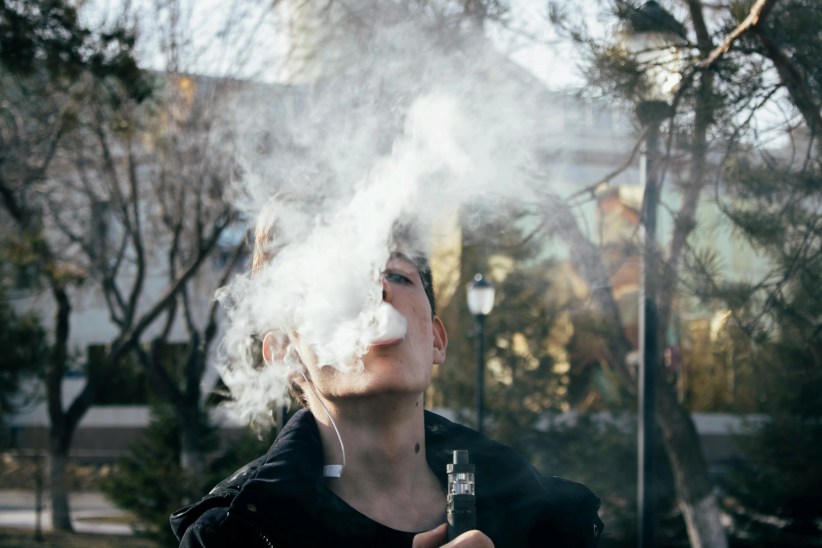Say Method Isn’t Worth Risks
A coalition of environmental and public health groups called on Mayor Michael Bloomberg and Gov. Andrew Cuomo to stop plans to allow the burning of wood and other yard debris generated by Hurricane Sandy.
The groups included the American Lung Association of the Northeast, New York Public Interest Research Group (NYPIRG), New York Environmental Law and Justice Project, Citizens Campaign for the Environment, Coalition Against the Rockaway Pipeline (CARP), New York City Environmental Justice Alliance, New York Climate Action Group, New York Committee for Occupational Safety and Health (NYCOSH), and the Sierra Club- Atlantic Chapter.
The groups’ call comes in response to the granting of a variance issued by the city Department of Environmental Protection (DEP) to allow an Army Corps of Engineers contractor to burn Hurricane Sandy wood debris in open burners, which are against the law to use in New York because of their air emissions.
The variance allows the contractor to install up to four air curtain burners to burn storm-related vegetative debris in Floyd Bennett Field in Brooklyn up to 24 hours a day, seven days per week from now through Apr. 17.
Burning wood debris may appear to offer a quick solution to coping with the vast amount of cleanup that remains to be done, but the groups contend it would have a detrimental effect on both air quality and public health.
“As the region celebrates the Christmas holiday, Mayor Bloomberg and the Department of Environmental Protection are filling New Yorkers’ stockings with lumps of coal,” Jeff Seyler, President and CEO of the American Lung Association of the Northeast, said. “Much like burning coal, this variance is going to allow for increased air pollution which can make people sick and send them to the hospital. We urge the city to rescind the variance and choose safe, non-combustion alternatives when disposing the remaining waste.”
The groups explained that wood smoke contains at least 26 pollutants specified in the Clean Air Act as hazardous. Some include particulate matter, carbon monoxide, nitrogen oxides, volatile organic compounds, hazardous air pollutants and carcinogens. These gases can irritate the eyes, skin, and respiratory tract, impair lung function, and affect vital organs.
The groups are calling on city and federal officials to more aggressively pursue companies that can use the wood chips for beneficial purposes.
The American Lung Association’s State of the Air Report 2012 shows that the air is getting incrementally cleaner in the New York City metropolitan area. Allowing a variance that would give contractors a green light to burn debris and create more pollution would not only threaten this important progress but place public health at risk.
“These air curtain burners will release thousands of pounds of particulate matter into the air, adding to the pollution levels in communities like Far Rockaway that are already suffering badly from health problems due to poor air quality,” said Laura Haight, senior environmental associate with the New York Public Interest Research Group. “Why add to their misery when reasonable alternatives can be found?”
“For the residents of a community already so hard-hit by the devastation of a massive storm caused by climate change, it is inexcusable to place an additional burden on their respiratory systems by subjecting them to the toxicity of mass burnings,” said J.K. Canepa of the New York Climate Action Group. “This is, indeed, a ‘quick and dirty’ solution, all too quick and so very dirty.”
“This work is to take place within Gateway National parkland that by act of Congress has been especially set aside for conservation of the land itself and the wildlife it supports, and for learning and enjoyment by us and generations to come,” said Maureen Healy with CARP. “We ought to take that commitment seriously, and stop diverting or contradicting that purpose whenever it suits us.”
“The New York City Department of Environmental Protection is remiss for underestimating the cumulative insult that the burning poses to an already overburdened vulnerable population that is suffering from mold, particulate matter and bad air,” said Joel R. Kupferman, executive director of the New York Environmental Law and Justice Project. “The city has not provided the tools to residents, especially tenants, to remove the present sources (such as mold infested possessions) that they face within their very own homes.”

































